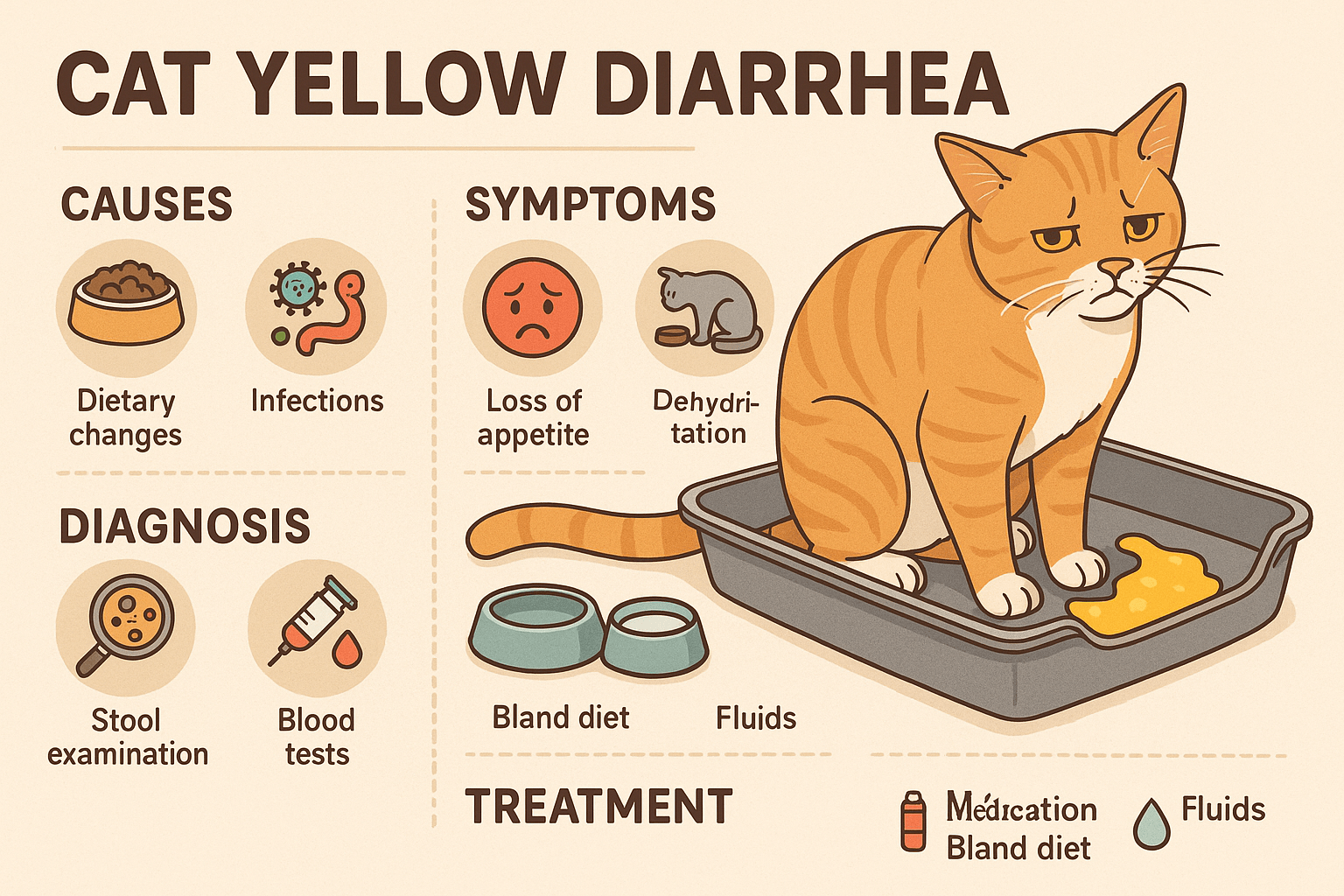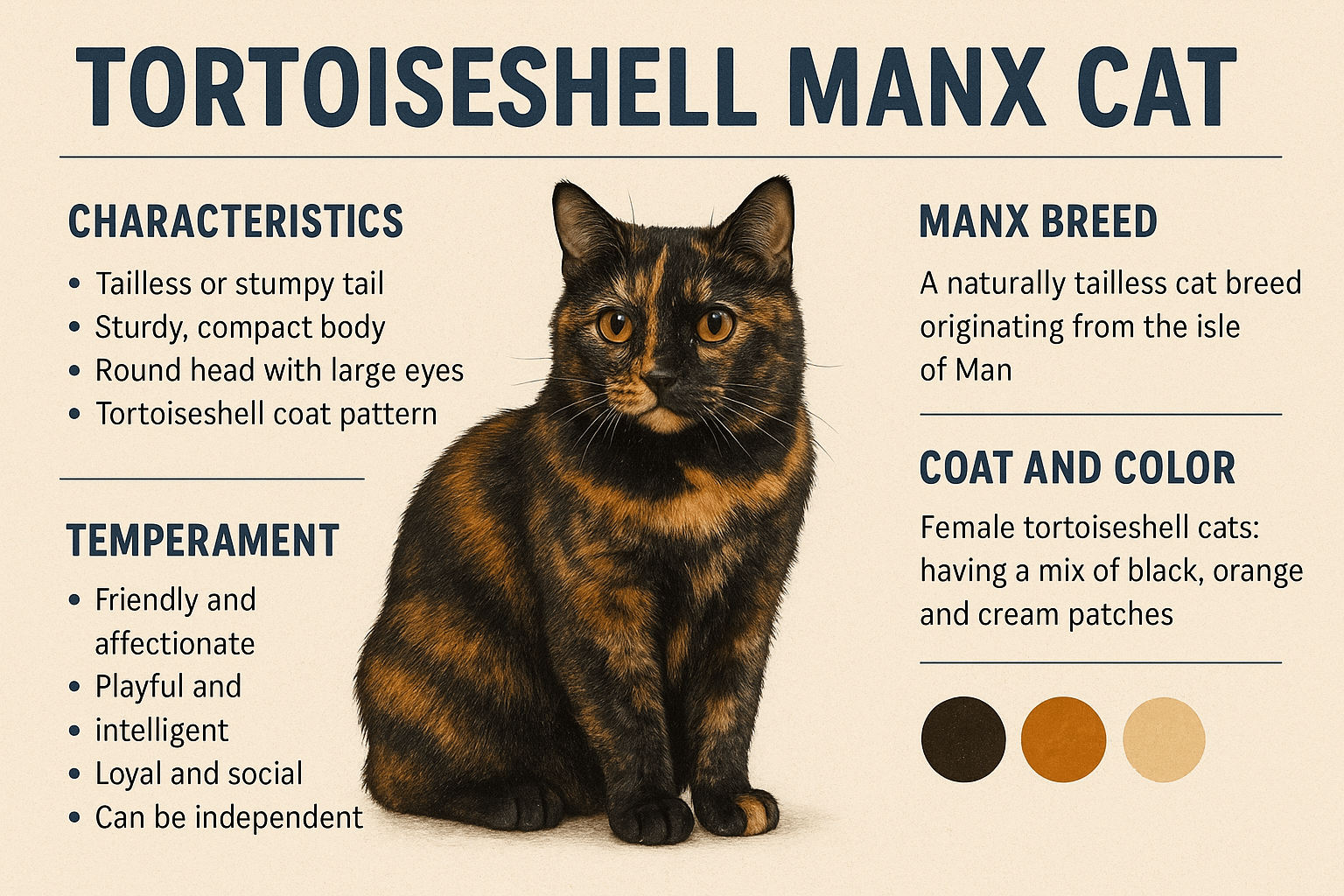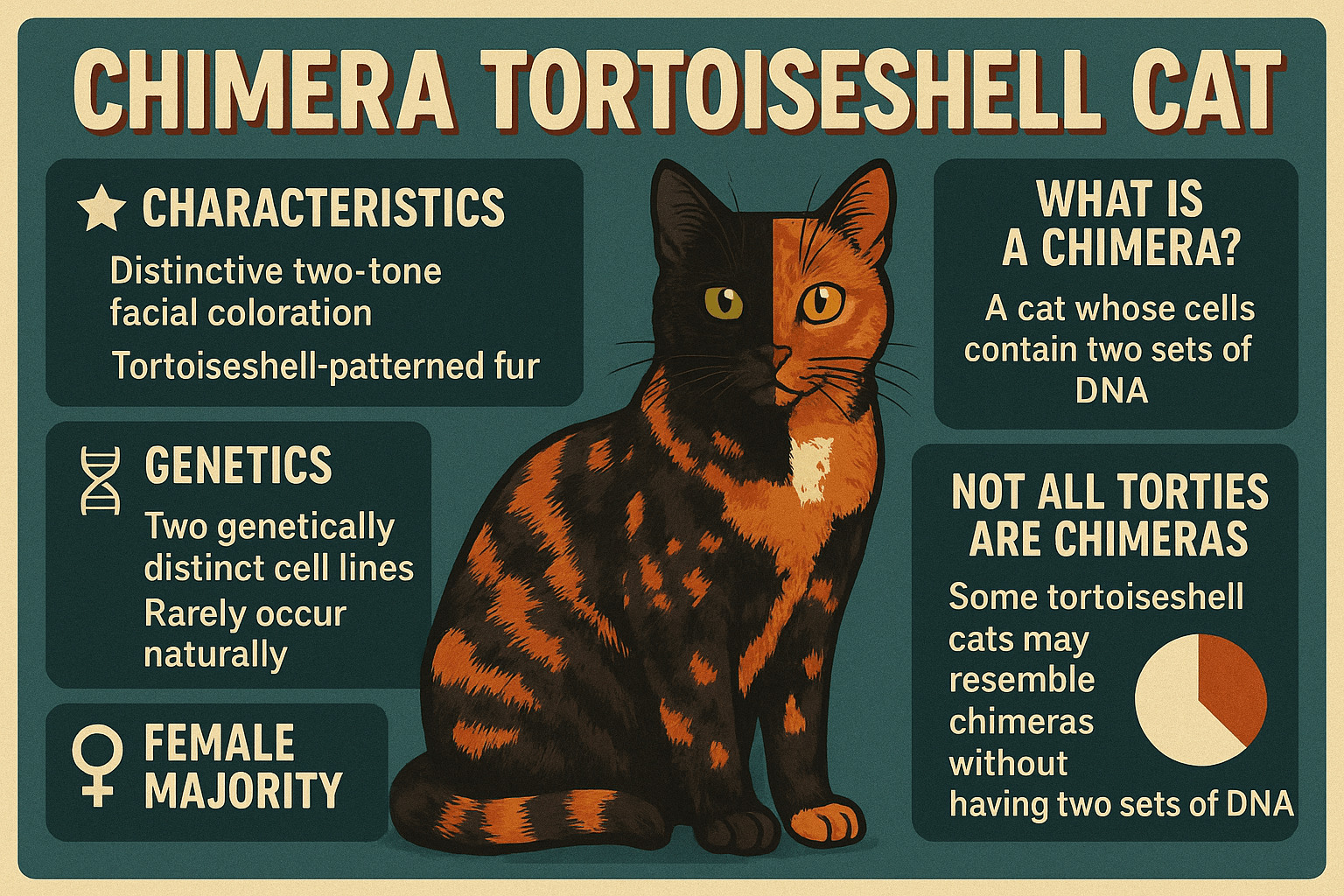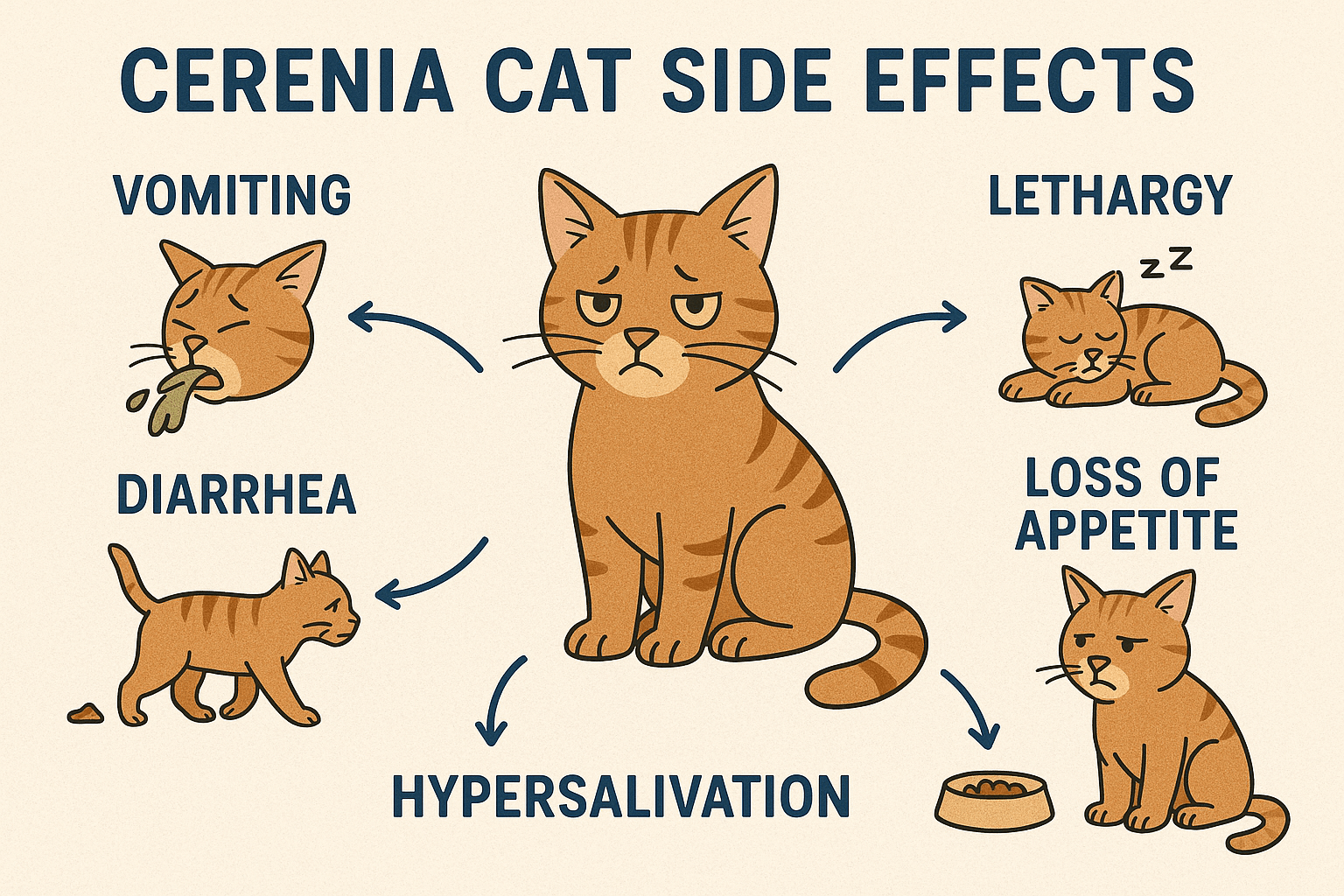Cat Yellow Diarrhea: Causes, Symptoms, and Solutions
Seeing your cat experience yellow diarrhea can be alarming and concerning for any pet owner. While occasional digestive upset is not uncommon in cats, persistent or unusual symptoms like yellow stool may indicate an underlying issue that requires attention. Understanding the potential causes, recognizing warning signs, and knowing how to respond can help you ensure your feline friend stays healthy and comfortable. This guide will explore everything you need to know about cat yellow diarrhea, from identifying triggers to providing effective care at home.
Common Causes of Yellow Diarrhea in Cats
Yellow diarrhea in cats can stem from a variety of factors, ranging from dietary changes to more serious health conditions. Identifying the root cause is essential for addressing the issue effectively.
Dietary Changes:
Sudden shifts in your cat’s diet can upset their digestive system, leading to discolored stools.Food Intolerances or Allergies:
Certain ingredients in your cat’s food may trigger an allergic reaction, resulting in diarrhea with a yellowish hue.Liver or Gallbladder Issues:
Problems with the liver or gallbladder can affect bile production, causing yellow-colored stools.Parasitic Infections:
Parasites like giardia or worms can irritate the gastrointestinal tract, leading to abnormal stool color and consistency.Stress or Anxiety:
Emotional stress, such as moving homes or introducing new pets, can disrupt your cat’s digestion and cause diarrhea.
Understanding these potential causes can help you determine whether the issue requires immediate veterinary attention or simple adjustments at home.
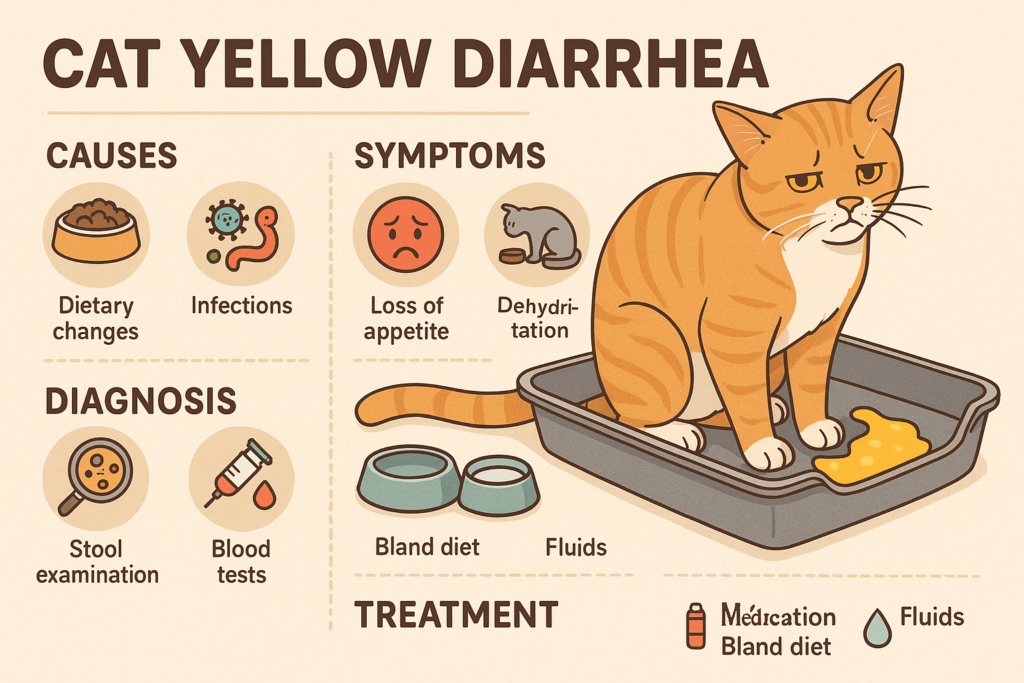
Symptoms to Watch For Alongside Yellow Diarrhea
While yellow diarrhea itself is concerning, other accompanying symptoms can provide valuable clues about your cat’s overall health. Monitoring these signs can help you assess the severity of the situation.
Lethargy or Weakness:
If your cat seems unusually tired or uninterested in activities, it could indicate an underlying illness.Vomiting:
Frequent vomiting alongside diarrhea may signal gastrointestinal distress or poisoning.Loss of Appetite:
A refusal to eat for more than 24 hours can point to a serious digestive issue or systemic problem.Dehydration:
Signs of dehydration, such as dry gums or sunken eyes, require immediate attention to prevent further complications.Fever or Abnormal Behavior:
Elevated body temperature or unusual behavior may suggest an infection or other medical condition.
Recognizing these symptoms early allows you to seek timely care and improve your cat’s chances of recovery.
Check this guide 👉Worms in Cat Diarrhea: Best 7 Expert Tips!
Check this guide 👉Cat Diarrhea Treatment: Best 7 Expert Tips!
Check this guide 👉What Are the Common Causes of Cat Diarrhea? Best 7 Tips!
Possible Causes of Yellow Diarrhea | Recommended Actions |
|---|---|
Dietary changes | Gradually transition to new foods |
Food intolerances | Identify and eliminate trigger ingredients |
Parasitic infections | Visit the vet for deworming treatment |
Liver or gallbladder issues | Schedule diagnostic tests with a vet |
Stress or anxiety | Provide a calm environment and routine |
Home Care Tips for Managing Yellow Diarrhea
In mild cases, you can take steps at home to help your cat recover from yellow diarrhea. These tips focus on supporting their digestive health and reducing discomfort.
Provide Plenty of Water:
Ensure your cat has access to fresh water to prevent dehydration caused by diarrhea.Offer Bland Food:
Serve plain, easily digestible meals like boiled chicken or pumpkin puree to soothe their stomach.Avoid Dairy Products:
Many cats are lactose intolerant, and dairy can worsen digestive issues.Monitor Their Behavior:
Keep an eye on your cat’s energy levels and overall demeanor to gauge their recovery progress.Limit Stressful Stimuli:
Create a peaceful environment by minimizing loud noises or sudden changes in routine.
These home care strategies can often alleviate mild cases of yellow diarrhea, but consult your vet if symptoms persist.
When to Seek Veterinary Help
While some cases of yellow diarrhea resolve on their own, others may require professional intervention. Knowing when to contact your veterinarian is crucial for your cat’s well-being.
Persistent Diarrhea:
If the diarrhea lasts more than 24-48 hours, it’s time to seek medical advice.Blood in Stool:
The presence of blood indicates a potentially serious condition that needs immediate attention.Severe Dehydration:
Signs like sticky gums or lethargy suggest your cat may need IV fluids to rehydrate.Weight Loss:
Unexplained weight loss alongside diarrhea could signal a chronic health issue.Unusual Odor or Consistency:
Strongly foul-smelling or greasy stools may indicate malabsorption or pancreatic problems.
Prompt veterinary care ensures your cat receives the necessary treatment to address the underlying cause of their symptoms.
Preventative Measures to Avoid Digestive Issues
Preventing digestive problems in cats starts with proactive care and attention to their daily habits. These preventative measures can reduce the likelihood of yellow diarrhea and other gastrointestinal issues.
Feed a Balanced Diet:
Choose high-quality cat food that meets their nutritional needs and avoids artificial additives.Introduce New Foods Gradually:
Mix small amounts of new food with their current diet over 7-10 days to allow their system to adjust.Keep Litter Boxes Clean:
A clean litter box encourages regular bowel movements and reduces stress-related digestive issues.Schedule Regular Vet Check-Ups:
Routine exams help detect potential health problems before they escalate into serious conditions.Minimize Environmental Stress:
Maintain a stable routine and provide safe spaces for your cat to retreat when feeling overwhelmed.
By implementing these practices, you can support your cat’s digestive health and minimize the risk of diarrhea.
Common Misconceptions About Cat Diarrhea
Many myths and misconceptions surround cat diarrhea, which can lead to confusion among pet owners. Clarifying these misunderstandings helps ensure proper care for your furry friend.
Myth: Diarrhea Always Indicates a Serious Illness:
While it can signal health issues, mild cases are often caused by dietary indiscretion or stress.Myth: Adult Cats Don’t Need Deworming:
Even indoor cats can contract parasites, making regular deworming essential.Myth: Human Medications Are Safe for Cats:
Never give your cat medications intended for humans, as they can be toxic.Myth: Cats Outgrow Digestive Sensitivities:
Some cats have lifelong sensitivities that require ongoing management.Myth: Wet Food Causes Diarrhea:
Wet food is generally easier to digest, though individual reactions vary.
Understanding the truth behind these myths empowers you to make informed decisions about your cat’s health.
Long-Term Strategies for Digestive Wellness
Promoting long-term digestive wellness involves consistent effort and attention to your cat’s lifestyle. These strategies aim to maintain a healthy gut and prevent recurring issues like yellow diarrhea.
Supplement with Probiotics:
Probiotic supplements can support your cat’s gut flora and improve digestion.Encourage Regular Exercise:
Playtime and physical activity stimulate digestion and reduce stress.Avoid Toxic Substances:
Keep plants, chemicals, and other hazards out of reach to prevent accidental ingestion.Maintain a Consistent Routine:
Cats thrive on predictability, so stick to regular feeding and play schedules.Monitor Weight and Appetite:
Sudden changes in weight or appetite can signal underlying health concerns.
By adopting these long-term strategies, you can foster a healthy digestive system and enhance your cat’s overall quality of life.
Frequently Asked Questions About Cat Yellow Diarrhea
What does yellow diarrhea mean in cats?
Yellow diarrhea often indicates issues with bile production, dietary changes, or gastrointestinal distress.
Can I treat yellow diarrhea at home?
Mild cases can often be managed at home with hydration and bland food, but persistent symptoms require veterinary care.
Is yellow diarrhea a sign of liver disease?
It can be, especially if accompanied by other symptoms like jaundice or lethargy.
How can I prevent diarrhea in my cat?
Maintain a consistent diet, avoid sudden food changes, and keep their environment stress-free.
What should I do if my cat stops eating?
Contact your vet immediately, as prolonged appetite loss can lead to serious health issues.
Prioritizing Your Cat’s Digestive Health
Yellow diarrhea in cats can range from a minor inconvenience to a sign of a more serious health concern. By understanding its causes, recognizing symptoms, and taking appropriate action, you can ensure your feline companion remains happy and healthy. Whether through simple home remedies or professional veterinary care, addressing the issue promptly is key to preventing complications. Remember, your cat relies on you to advocate for their well-being—so stay observant, act decisively, and provide the love and care they deserve.
Why Are Cats So Warm? If you’ve ever cuddled up with a cat, you’ve likely noticed how warm they feel against …
Tortoiseshell Manx Cat: Best 7 Expert Tips! Discover expert advice on caring for this unique breed, from health and grooming to personality insights. Perfect for cat lovers!
Chimera Tortoiseshell Cat: Best 7 Expert Tips! Discover the unique traits, care needs, and fascinating facts about chimera tortoiseshell cats to better understand these rare feline wonders.
Cerenia Cat Side Effects: Best 7 Expert Tips! Discover expert advice on managing Cerenia side effects, ensuring your cat’s safety, and promoting a smooth recovery with practical tips.

